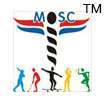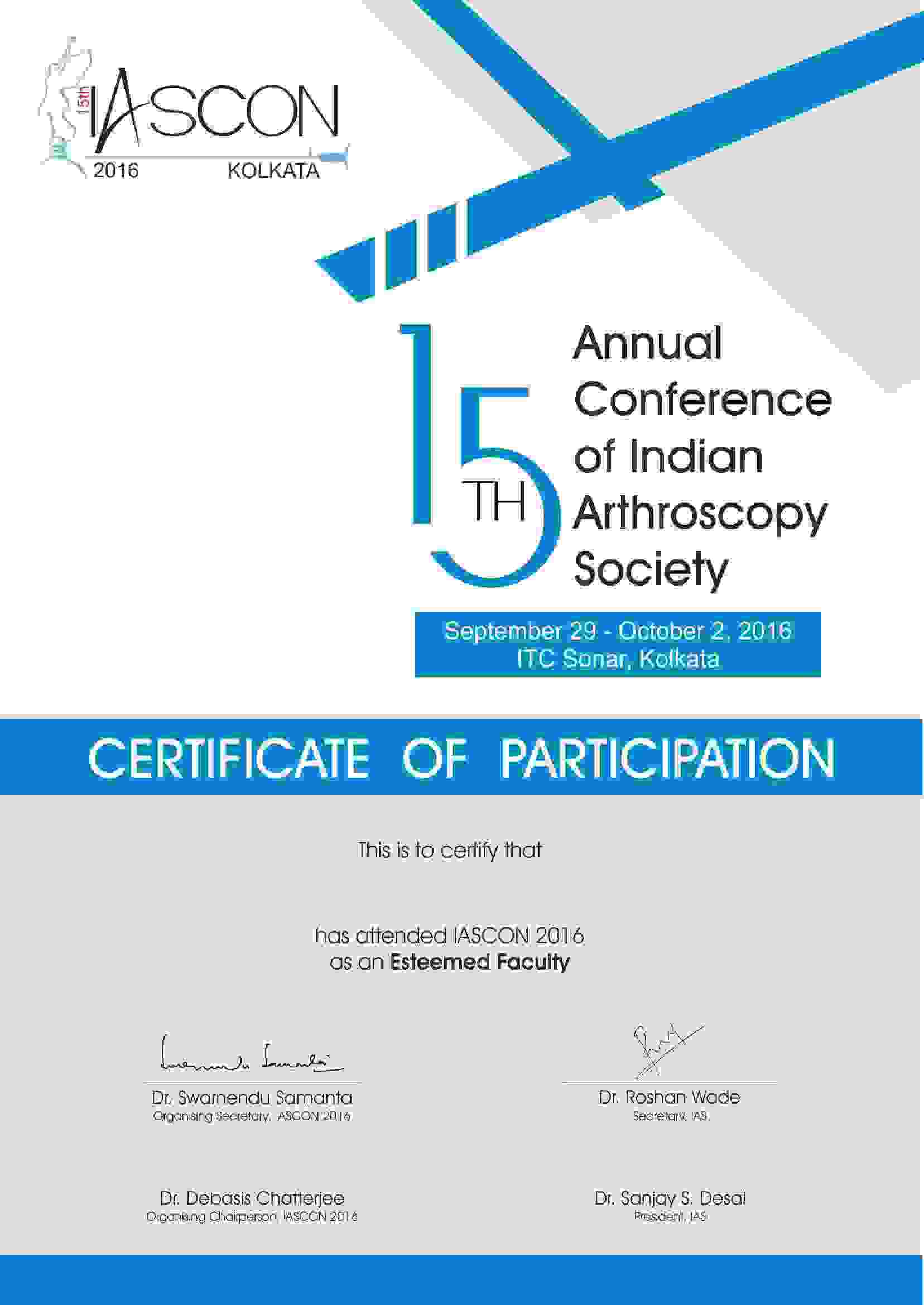What is Autologous Chondrocyte Implantation?
Autologous Chondrocyte Implantation (ACI) is a procedure that is used to treat cartilage damage in the knee. This surgical procedure is only suitable for patients with small areas of cartilage damage, not for widespread wear of the cartilage, such as in the case of knee arthritis. ACI surgery could be recommended for patients who have:
- A focal area of cartilage damage
- Have pain or inflammation that limits their physical activity
- A stable knee with no ligament damage
- Body weight that is appropriate for his or her height
Autologous Chondrocyte Implantation: The procedure
Step 1: Arthroscopy
The first step is to perform an arthroscopic surgery so as to determine the area of cartilage damage, and to ascertain whether it is appropriate for an ACI procedure.
The first procedure is performed arthroscopically and it takes less than 30 minutes. In this process, the surgeon will harvest a small piece of articular cartilage from the knee of the patient. The cartilage biopsy is then sent to a lab where it is enzymatically treated in order to isolate the chondrocytes, the cartilage-producing cells in the human body. Once the chondrocytes have developed and multiplied, they are sent back to the orthopaedic surgeon, approximately 6 to 8 weeks later for implantation.
Step 2: Implantation
The second-stage involves an open procedure in which a small patch is sewn over the area of defect in the articular cartilage. The chondrocytes that have been harvested and expanded are then injected below this patch where they adhere to the knee of the patient to form what is called a ‘hyaline-like cartilage’ which closely resembles the native joint cartilage.
When sufficient cartilage cells have developed, a second surgery is scheduled. During this surgery, a larger incision is made to get a direct view of the area of cartilage damage. Then, a second incision is made over the shin bone and the periosteum, an area of tissue that covers the shin bone is harvested. A “periosteal patch,” is then sewn over the area of damaged cartilage. When a tight seal is created between the patch and the cartilage that surrounds it, the cultured cartilage cells are injected underneath the patch. The periosteal patch helps in holding the new cartilage cells in the area of cartilage damage.
Recovery and Rehabilitation
A period of restricted weight-bearing, for up to 8 weeks, would be usually recommended. During this time, physical therapy that particularly emphasizes range-of-motion of the knee as well as other strengthening activities is prescribed. Sometimes, the use of continuous passive motion (CPM) machine is recommended to improve the graft’s success. You can resume light sports activities generally after 6 months or so and full sports activities between 9 and 12 months based on the recovery.











